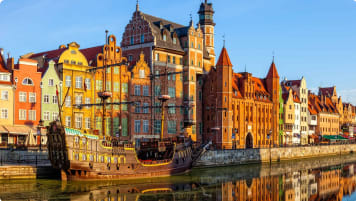Poznan
The History and Attractions of Poznan Poznan city lies on the Warta River in west-central Poland, in the Greater Poland region, halfway between Warsaw and Berlin. The birthplace of the Polish state in the 10th…
14 May 23 · 6 mins read

The History and Attractions of Poznan
Poznan city lies on the Warta River in west-central Poland, in the Greater Poland region, halfway between Warsaw and Berlin. The birthplace of the Polish state in the 10th century, the city has long since been a place of political, economic, cultural and academic importance keeping its status for centuries through both statehood and foreign occupation. Today it combines its unique heritage with rich cultural offerings and a lively atmosphere for unforgettable experiences.
Odyssey Traveller currently offers a half-day tour of Poznan as part of our 22-day long tour exploring Poland. During this trip we visit key Polish towns and cities such as Warsaw, Gdansk, Wroclaw, Krakow, and more. Key sites in Poznan include its renaissance Old Town and town hall, the Stary Rynek (Old Market Square), Stary Browar (Old Brewery) which has been converted into a shopping and art center, the medieval Poznan Castle, and Poland’s oldest cathedral – the 10th century Basilica of St. Peter and St. Paul (also known as the Poznan Cathedral). This article explores the history and attractions of Poznan to assist your tour.
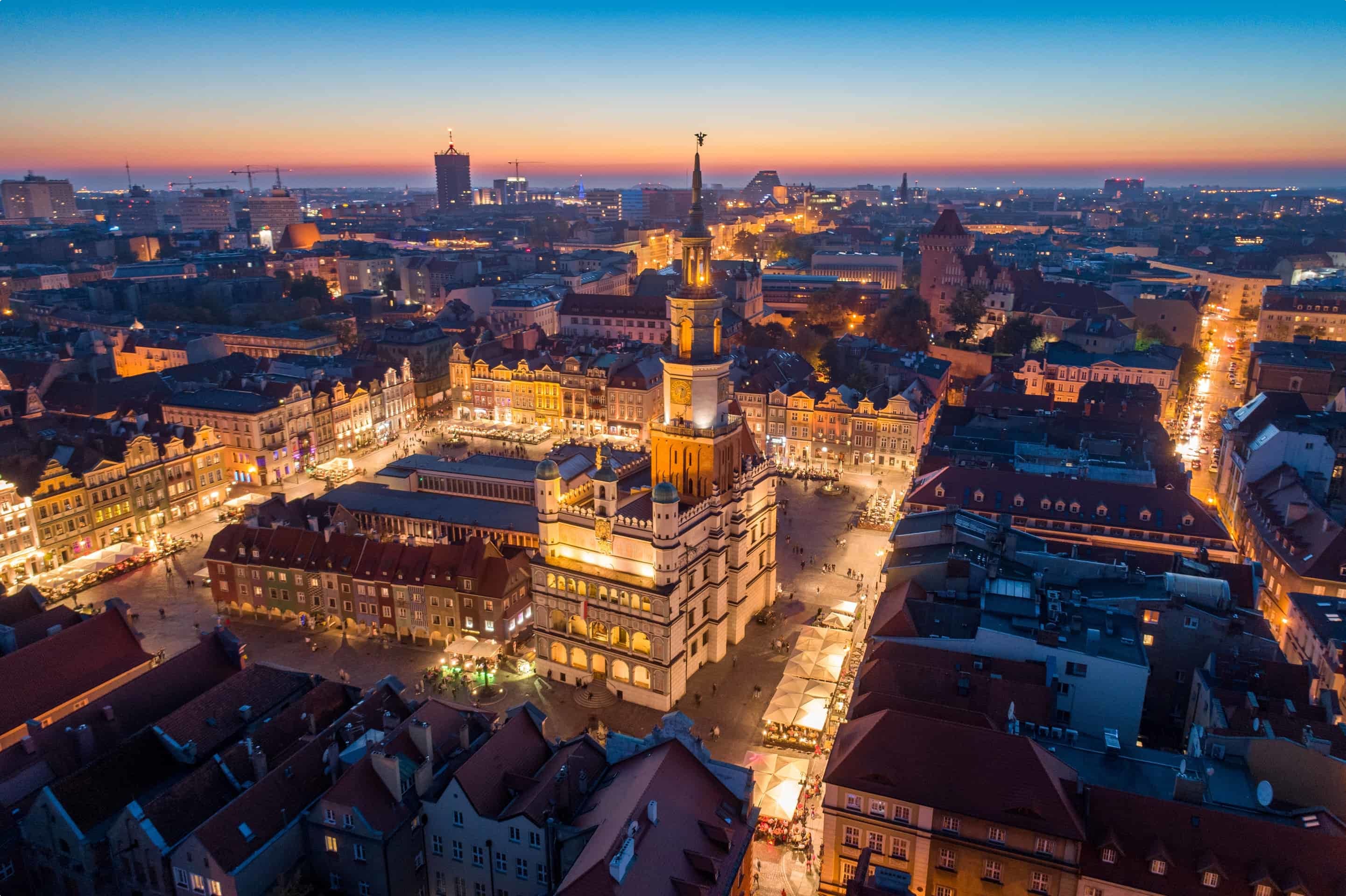
Early History
Emerging as a small stronghold of the Polan tribe at the end of the 8th century, by the mid-10th century Poznan had developed to become the capital (with Gniezno) of the very first Polish state – The Duchy of Poland. It was an important cultural and political centre during this time and the residence of Poland’s first two sovereigns – Duke Mieszko I and King Boleslaw I the Brave.
Some historians even claim that it was here that Duke Mieszko’s baptism took place in 966. This was an important moment, ushering Christianity into the previously-polytheistic Slavic populace and bringing prominence of Mieszko’s state in Europe. Following this, Poland’s first cathedral – Basilica of St. Peter and St. Paul – was constructed to serve as the final resting place for the early Polish kings. Commonly known today as Poznan Cathedral, it is still standing proudly today on Ostrów Tumski.
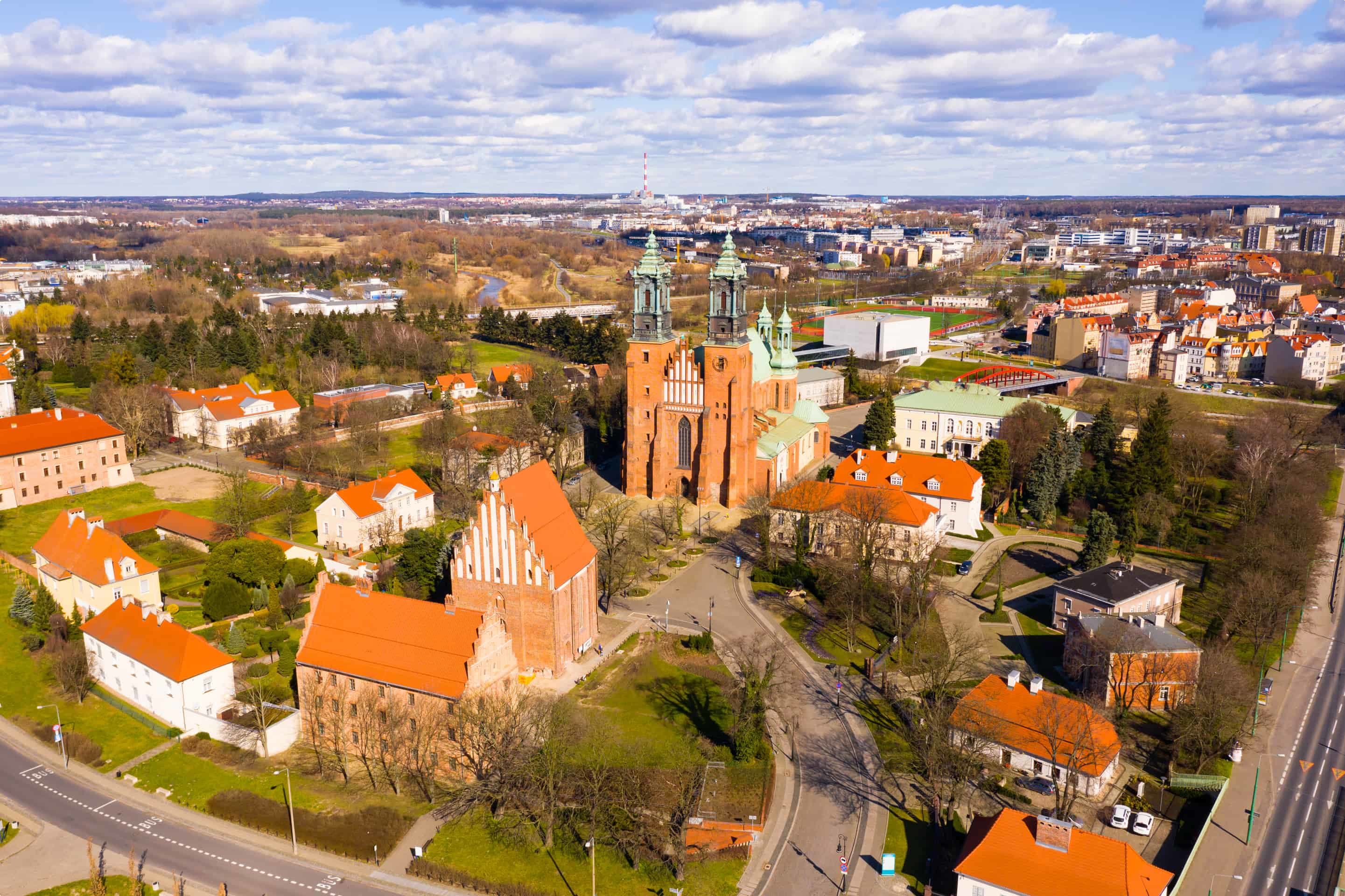
Poznan thus stood as an important religious and political centre. This lasted only until King Mieszko II’s death in 1034, however, following which a pagan reaction was ushered in leaving the region weak. Capitalizing on the moment, The Bohemian Prince Bretislav sacked and burned down both Poznan and Gniezno in 1038. Although soon rebuilt, this marked the end for Poznan as the royal capital with subsequent rulers choosing Krakow for their home.
Poznan was left to develop as a commercial centre instead, a hub of trade and crafts, and was granted Magdeburg rights in 1253. Around this time a new city centre – today’s Old Town – was laid out on the left bank of the Warta River, the Royal Castle was constructed by Duke Przemysł I, and the city was encircled by defensive walls.
Golden Age
Poznan thrived during the middle ages as a major political, economic, cultural and academic centre. It developed as a major European trade centre due to its duty-free trade privileges and position on trading routes between Germany and Bohemia in the west and Ruthenia and Lithuania in the east. Merchants and craftsmen were drawn from near and far expanding the city well beyond its original walls, and brought new cultures and religions to the city. As an academic hub, in 1519 the Lubrański Academy was founded here, becoming the second oldest higher academic institution in Poland.
All these developments brought about the “Golden Age” of Poznan in the 15th and 16th centuries as it continued to grow into one of the largest cities in Poland with 20,000 people at its peak.
However, disaster struck in 1655 when Swedish armies invaded sparking a series of wars, epidemics, and catastrophes killing many and significantly slowing the economic and cultural development of the city. The Great Northern War, the War of the Polish Succession, the Seven Years’ War and the Bar Confederation rebellion, as well as frequent floods, fires and outbreaks of plagues all battered the city in the second half of the 17th century and for most of the 18th century.
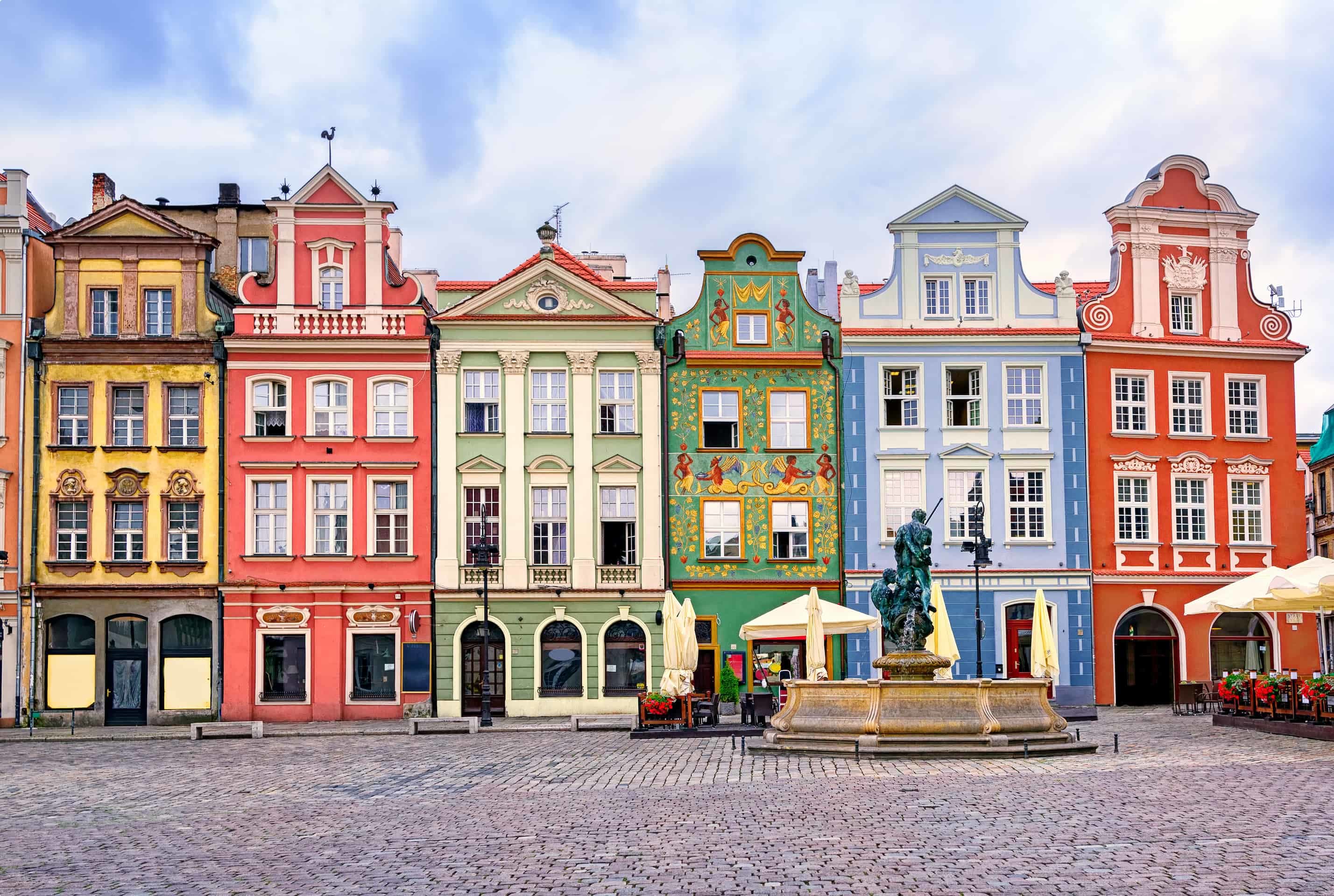
Partition & Occupation
In 1775 foreign forces left Poland and King Poniatowski began the difficult process of restoring functionality to devastated Polish cities. However, the effort was short lived as by 1795 the country was partitioned for good between the three surrounding forces – the Russian, Prussian, and Austro-Hungarian empires –with Poznan facing a new reality under Prussian occupation as the capital of South Prussia.
Posnan briefly tasted independence during the Napoleonic Wars as port of the short-lived Duchy of Warsaw (1807-1815), but would again remain under Prussian (and German following its unification in 1871) control until all of Poland regained its independence following the First World War. During this time the city rapidly industrialized and developed culturally and economically.
In 1918 the citizens of Poznan defeated their Prussian overseers and returned the city to the newly established Polish nation. However, again independence was brief with the region annexed once more during World War Two. Through a Nazi programme of the “re-Germanizaton of Poznan” much of the Polish and Jewish populace were shipped to concentration and forced labour camps and German settlers were brought into the city. Following a month of fighting, in which much of Poznan was destroyed including 90% of the historic Old Town, the city was liberated by the Soviet army in February 1945.
Poznan was rebuilt after World War Two but the city soon feel under hard times under communist rule. The city suffered shortages, censorship, a climate of fear, and worsening economic conditions. From 1952, workers took to the streets of Poznan to voice their dissatisfaction. The protests reached their peak during the tragic Poznan June, a month in which general strikes and street demonstrations were brutally crushed by security forces and 57 people were killed. Anti-communist sentiment would last however until the fall of communism in 1990 – after which Poznan became the first city to hold free elections for local government.
Attractions Today
The Sovietization of Poland brought tough times, but it also saw the rebuilding of Poznan and its development into an industrial centre of Western Poland that it remains today. Since the fall of communism it has further prospered developing economically as a hub of industry, business, and tourism.
A number of historic sites remain standing as main attractions for tourists. The Poznan Cathedral erected in 968 has since been restored in the Romanesque style and has later additions that give it a predominately Gothic appearance. The Poznan Castle, largely destroyed during World War Two, has in recent years too been reconstructed.
The Old Town, consisting of the Stary Reynek (Old Market Square) and a grid of narrow streets, is listed as one of Poland’s official national Historic Monuments. Within it is the popular site the 16th-century renaissance town hall which features a clock tower from which two mechanical goats appear at noon to lock horns.
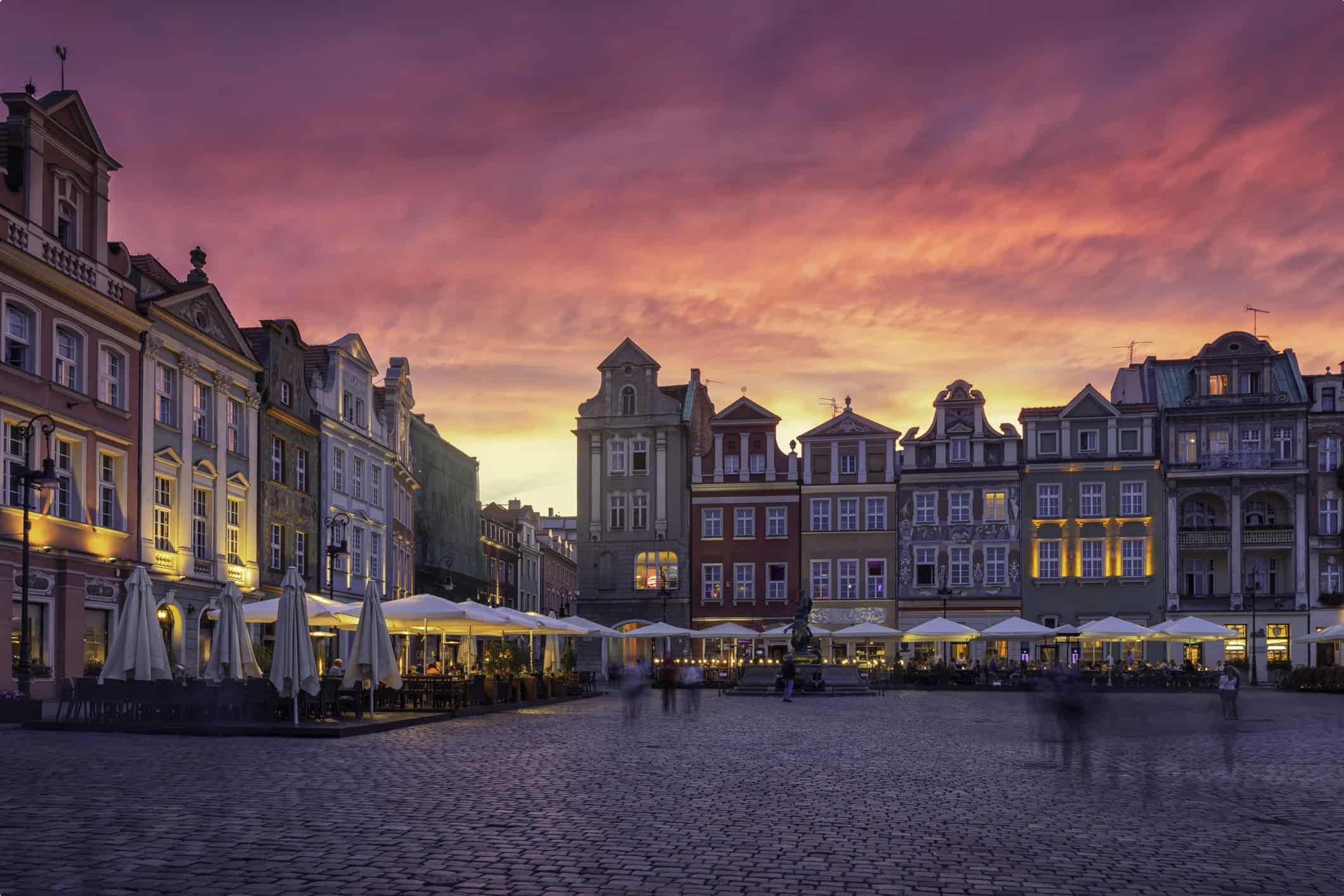
The city further has a number of prominent museums of Polish history, archaeology, and art, most notable the National Museum. It also hosts several institutions of higher education and science, theaters, orchestral and operatic centers, and Poland’s oldest zoological garden. All give the city a unique historic, intellectual and cultural charm that continues to attract visitors to this day.
Tour of Poznan
Odyssey Traveller currently visits Poznan as part of our 22-day long tour exploring Poland. On this tour we view the grand monuments of Warsaw and Krakow and trace the path of the Vistula River, visiting the towns of Kazimierz Dolny with its Renaissance architecture, Baranow Sandomierski with its grand 16th century castle, Wieliczka with its UNESCO World Heritage labyrinthine salt mine, and other places that shaped the heart and soul of Poland. We will also take time to visit the homes and learn more about the life of Polish luminaries such as Frédéric Chopin and Nicolaus Copernicus.
These tours are designed for senior and mature travellers who would like to learn about history and culture with like-minded people in a small group setting (participant number is typically 6 to 12), using the knowledge and expertise of our tour leader and local guides. For more information, click here, and head to this page to make a booking.
Articles on Poland
These articles were either published by Odyssey Traveller or are carefully selected external sources to maximise the senior travellers’ knowledge and enjoyment of Poland when visiting:
Related Tours
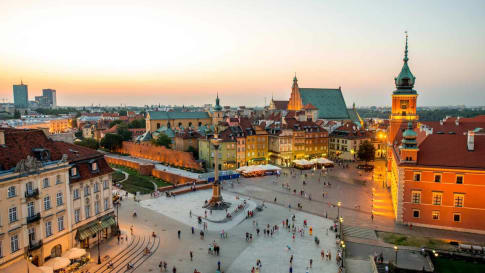
21 days
Jun, Sep, May, OctExploring Poland | Poland Small Group Tour
Visiting Poland
Odyssey's European tour of Poland provides the guests with authentic experiences in a range of key historical destinations to enjoy. Your tour leader supported by knowledgeable local guides who provide daily itineraries that often take you off the beaten path to learn more about the places visited.
From A$13,340 AUD
View Tour
